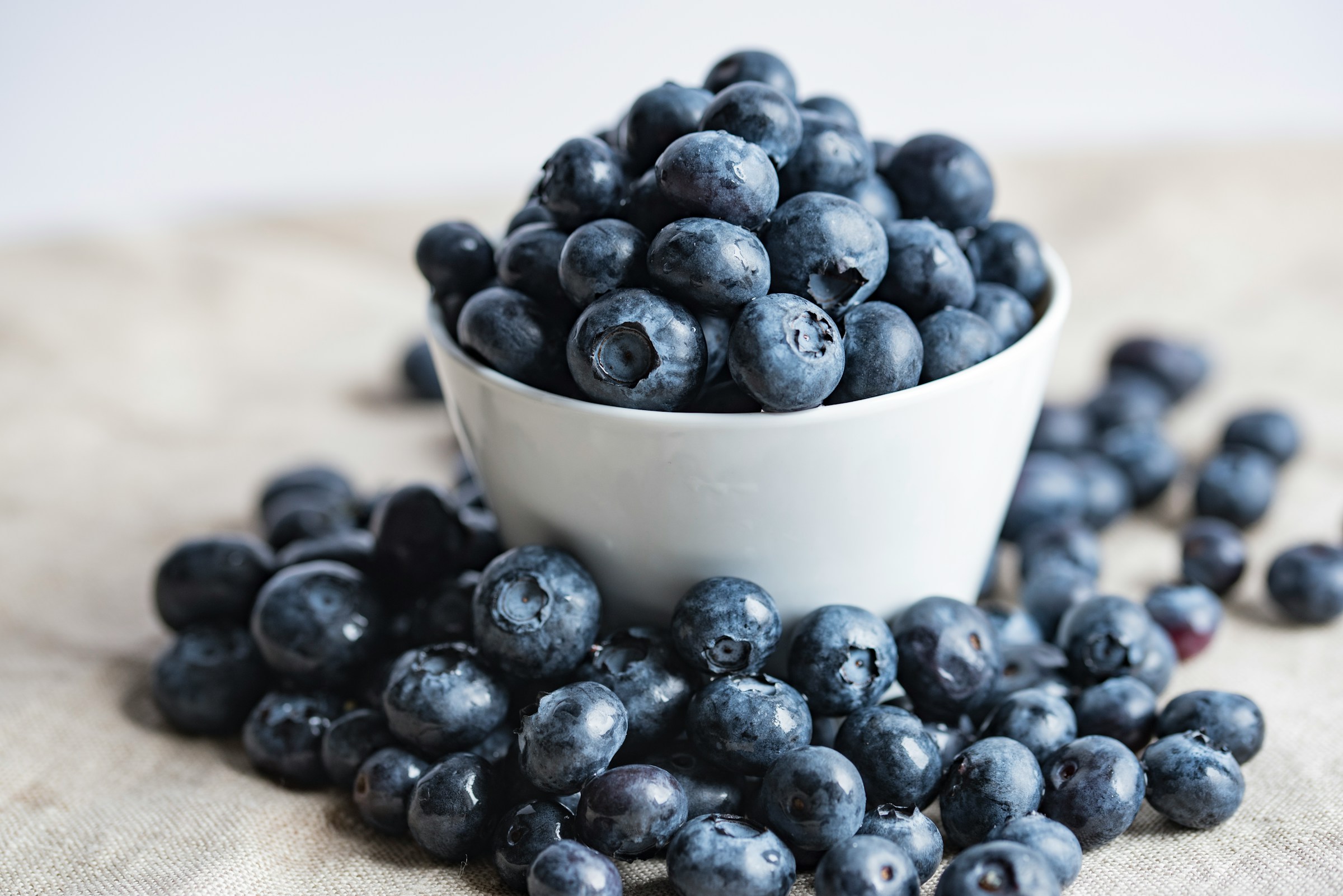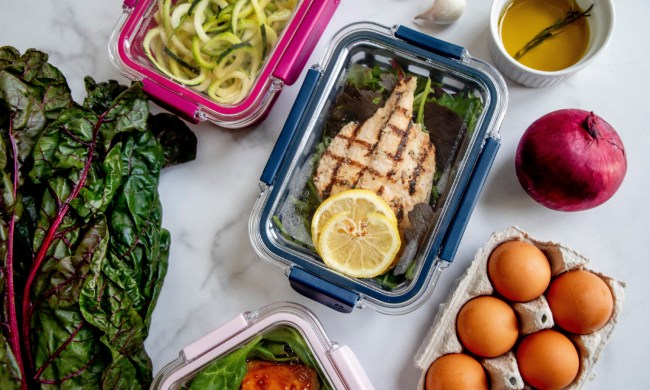Even small fluctuations in weight and body composition make a difference when it comes to certain sports, events, and competitions. For example, some boxing divisions work with a 6-pound range, and bodybuilding competitions take into account body weight as well as muscle definition and other factors. Body composition refers to the percentage of muscle, fat, and bone in your body, and improving your body composition doesn’t just change how you look; it can also help you excel in certain areas, including lifting and your overall athletic performance.

You might want to adjust your body composition due to a specific goal you have in mind about how you want to look, the weight range you’d like to be in, or the fitness or lifting challenge you’d like to conquer. This is where bulking vs. cutting comes in. People use bulking and cutting to change their percentage of body fat and muscle or tip the scales in a certain direction. You don’t have to be a bodybuilder to want to learn more about bulking and cutting. Let’s look at the difference between the two, what you should and shouldn’t eat, and top tips for bulking or cutting safely.
What is bulking?

Bulking is a period of time when you consume a calorie surplus with the goal of gaining weight, primarily due to increased muscle mass. When you’re in the bulking phase, you’re eating more calories than you burn through exercise and your daily activities. These calories are usually in the form of all three macros: protein, fat, and carbs. Most people perform high-intensity resistance training along with bulking to enhance muscle strength and bone density and maximize gains. There should be less cardio and more heavy weight lifting during the bulking phase.
The extra calories are the fuel source you need to push your body through those intense workouts, recover from weightlifting, and build muscle. Bulking cycles usually last around 16-26 weeks or longer. You can typically see progress after 6-8 weeks.
What is a clean bulk or a dirty bulk?

You can try a clean bulk, which is a healthier and more strategic approach where you carefully plan more nutrient-dense meals. On the other hand, there’s the more liberal approach called a dirty bulk, where you don’t do much planning or pay much attention to the quality of the food you’re eating. No matter your approach, the goal is to consume way more calories than you need and way more calories than you burn to ‘bulk up’ and gain muscle. You might also gain some fat during bulking.
What are the best foods for bulking?

Nutrient-dense whole foods are the best choice for bulking.
Here are some examples:
- Healthy fats like olive oil, avocado, nuts, nut butter, fatty fish, and seeds.
- High-protein options, such as Greek yogurt, cottage cheese, protein powders or shakes, eggs, and meats like beef, chicken, and turkey.
- Vegetables, such as asparagus, peppers, onions, zucchini, and carrots.
- Beans.
- Dark leafy greens like spinach, collard greens, and kale.
- Fruit, such as apples, oranges, bananas, pineapple, grapefruit, and berries.
- Whole grains and carbs like quinoa and rice.
You might enjoy a delicious meal piled high with salmon, chicken, sweet potatoes, avocado, and brown rice. These foods are rich in calories, vitamins, minerals, and nutrients. You’re also getting a balanced meal with a nice dose of natural protein, fiber, and fat.
It’s best to avoid drinking sugary drinks and eating too many high-calorie processed foods and junk food, which isn’t beneficial for your metabolism or your overall health and fitness. Of course, you can occasionally enjoy a pizza or some baked goods, but focusing on natural, nutritious foods will give you optimal results and help you feel better.
Top tips for bulking

The following are top tips for bulking:
- Stick to mostly healthier, nutrient-dense foods.
- Consume plenty of protein, which fuels muscle growth.
- Add about 300-500 calories daily above your needs while incorporating resistance training.
- Monitor your weight gain and try to stay on track of your progress.
- Progress should be gradual, not drastic, such as about 2 pounds or less per week.
- You might feel sluggish if you add too many calories too quickly, so you might need to ease into the bulking phase rather than just jumping in overnight.
- Focus on heavy lifting and intense compound exercises.
What is cutting?

Most people do the bulking phase before the cutting phase to put on muscle first before dropping any excess mass for a more shredded look. Bodybuilders typically enter a bulk during the off-season to pack on power and muscle before entering the cutting phase or weight loss phase to carve those swollen muscles as the competition gets closer. The cutting or shredding phase involves a calorie deficit where you cut back on calories to shed body fat and extra pounds while maintaining as much muscle mass as possible. During this phase, your body starts using your stored fat reserves for energy because you’re not taking in enough calories from food. You’ll focus on nutritious foods that are lower in calories and stimulate fat loss.

The goal is to emphasize muscle definition and consume fewer calories than you burn to lose mass, mostly fat mass. At the end of the cutting phase, you should have a lower fat percentage than before you started, but your strength should remain. You might experience a slight decrease in your resistance training performance while you’re in the cutting phase. You’ll use lower weights and higher reps and incorporate more cardio. Cutting cycles usually last around 8-12 weeks. Like bulking, your progress should be gradual.
What are the best foods for cutting?

When you’re cutting, you’ll need to eat foods that are high in nutrients but lower in calories to support gradual weight loss and muscle maintenance. Many of the foods are the same as the bulking phase.
The main difference is that during the cutting phase, you should:
- Limit healthy fats like olive oil, avocado, and nut butter.
- Consume lower-sugar fruits like berries rather than higher-sugar fruits like pineapple.
- Watch your sugar intake because sugar causes the release of insulin, which is the fat-storage hormone that prompts your body to hold on to your fat stores rather than shedding them.
- Watch out for added sugar, hidden sugars and syrups, and other forms of sugar in your food and drinks.
- Go for non-starchy vegetables like broccoli, asparagus, and Brussels sprouts.
- Limit high-calorie and processed foods like pizza, fried foods, and baked goods.
Top tips for cutting

The following are top tips for cutting:
- Decrease your calorie intake to 300-500 calories less than your daily calorie burn.
- Keep protein in the higher range and spread your protein intake throughout the day to keep you feeling full.
- Avoid eating too few calories, which increases your risk of feeling hungry, weak, and tired. Without enough food and nutrients, you won’t have the energy to power through your workouts.
- Cutting calories too low can lead to muscle loss and decrease your bone density.
- Experiment with your workout schedule and food intake to determine what feels best for you and what foods provide you with the most energy while still staying in the cutting phase.
- Healthy carbohydrates like low-sugar fruits and vegetables can give you some much-needed energy. Grab a bowl of blueberries when you want a sweet treat.
- Incorporate high-intensity interval training to help sculpt those muscles.
FAQs

Is it better to bulk or cut first?
Most people bulk first before entering the cutting phase.
Is a cut better than a bulk?
One isn’t necessarily better than the other. Bodybuilders typically use these methods one after the other to prepare for an upcoming competition or event or to achieve a particular milestone. If you’re overweight and looking to lose fat, you might decide to try a cut. If you aim to gain strength and muscle mass and are not concerned with gaining a little fat, you might start bulking.
Is a 2-month bulk enough?
Bulking is typically recommended for at least 2-3 months, so 2 months might be enough for many people to complete this phase. However, how long it takes you to accomplish your goals with bulking depends on several factors.
Is bulking harder than cutting?
Most people find cutting harder than bulking because cutting requires more willpower and self-control to remain in a calorie deficit. You’ll have to restrict yourself and hold back from eating too many calories.
The bottom line

If you need individualized guidance or you have underlying health conditions, it’s important you consult a registered dietitian or your healthcare provider before trying bulking or cutting. Bulking and cutting can help you adjust your body fat composition and achieve your fitness objectives. Consider getting a scale that shows weight and body fat percentage to help you keep track of your progress. It’s always important that you’re eating enough calories to support your workouts.




